Peter Darby, AIA
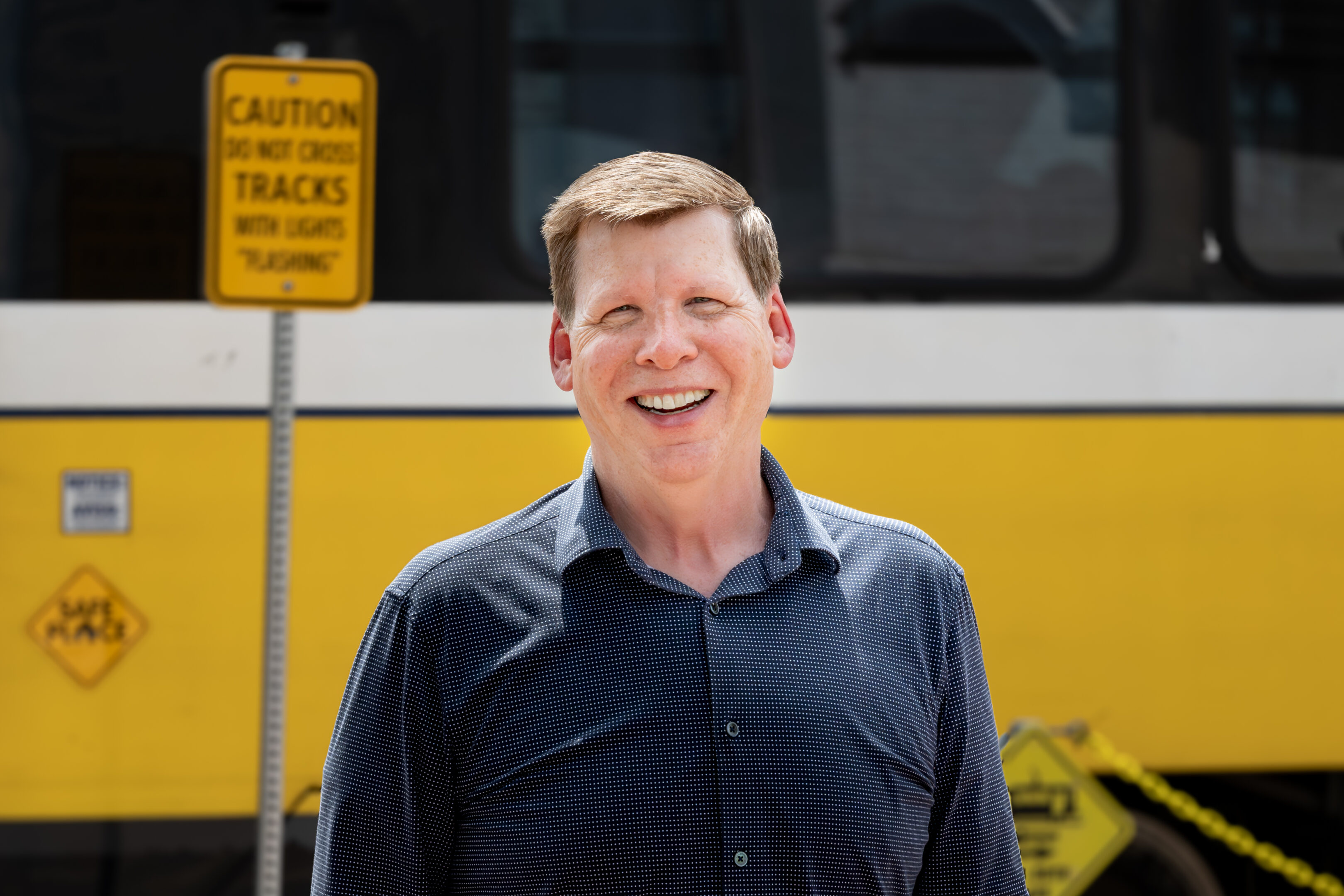
Former AD EX Managing Director Katie Hitt Deaton visits with past AIA Dallas president Peter Darby, AIA, to explore his professional journey, memorable experiences, and future aspirations.
You grew up in Chicago, which is arguably the best architectural city in the U.S. How did your childhood and early experiences influence your career in architecture?
I believe Chicago is a beautiful and amazing city, especially for someone who wants to become an architect, an urbanist, or someone with similar interests.
My mother was a singer for the Chicago Symphony Orchestra, and as a child, I would often accompany her to the city. I spent a lot of time exploring the urban fabric of Chicago, visiting landmarks like the Art Institute, the Museum of Science and Industry, and the Field Museum. One of my most vivid memories is riding the ‘L’ train around the city as a young teen, observing the diverse architectural styles and the way different neighborhoods were connected. This early exposure sparked my interest in how cities function and how architecture can shape people’s experiences.
Still, going to the top of the Sears Tower (now known as the Willis Tower) was amazing. At that time, it was the tallest building in the world, and it set the framework for understanding the density and fabric of a big city. Chicago was the second-largest city after New York, and living 30 miles to the west meant we often drove or took the commuter train into the city. I would watch the changing urban landscape from the dense urban neighborhoods to fringe suburban communities.
Even picking my dad up at Chicago O’Hare Airport felt like navigating a city within a city. This introduced me to aviation architecture without realizing it, sparking my interest in the field. Interestingly, I had wanted to be a pilot while growing up, but due to my hearing loss, I had to pivot and consider what else I could do.
I also had Matchbox cars and Hot Wheels while growing up, and my dad would bring home recycled continuous 11-by-17 printer paper that could run as long as you wanted. I’d flip it over and start creating clusters of cities, connecting them with roads and trackways, and three-dimensionalizing them with Play-Doh and other objects. Looking back, I realize I was pretending to be an urban planner and an architect as a young child. Those early creative exercises were my first steps into the world of architecture and urban planning.
Can you tell us more about your experience in the U.S. Capitol Page Program and how it shaped your professional and volunteer career?
The U.S. Capitol Page Program was a transformative experience for me. At 16, I had the opportunity to serve in Washington, D.C., working closely with members of Congress and congressional staff in the House chambers. The program was highly competitive, and being selected was a significant achievement. My initial role involved delivering correspondence and documents across Capitol Hill and preparing the chamber for sessions.
I was eventually promoted to a cloakroom page, supporting House members during debates and votes while answering the phones and relaying messages to members. One of the most challenging aspects was answering phones in the cloakroom, given my hearing impairment. However, this experience helped me develop confidence and improved my communication skills.
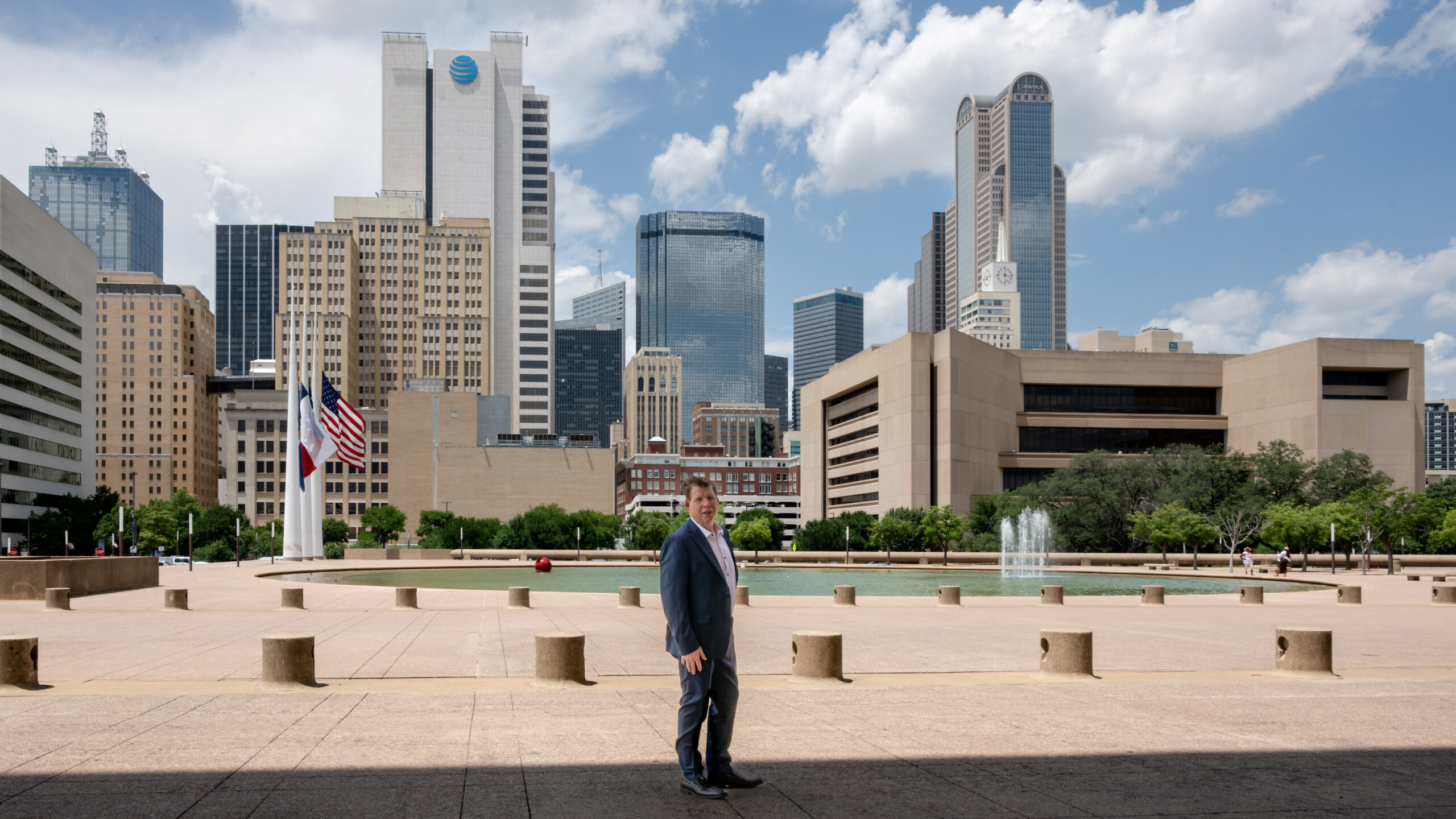
The experience of living and working on Capitol Hill provided me with a unique perspective on the legislative process and the importance of public service. Walking early in the morning as we headed to school at the Library of Congress, surrounded by majestic historical buildings, was awe-inspiring.
The program also allowed me to interact with other House and Senate pages from all over the United States, broadening my understanding of different cultural backgrounds and viewpoints. Serving as a page taught me the value of making connections and building relationships, which has been a guiding principle throughout my career. The page program was instrumental in shaping my interest in policy and advocacy.
Can you share a bit about your education and early career in architecture?
I pursued my undergraduate studies at Lake Forest College, initially focusing on computer science. During my first year, I took a history of architecture course taught by Franz Schulze, a nationally recognized art critic and educator in Chicago. His passion for architecture inspired me to shift my focus from computer science to architecture. I also took an urban studies class that introduced me to the complexities of urban planning. These courses were pivotal in reshaping my career path, and I ultimately transferred to Virginia Tech to pursue my degree in architecture.
My time at Virginia Tech helped shape my understanding of the practice of architecture while upholding strong design principles. I gained practical experience through a work-study program alongside a solid design foundation curriculum. This program allowed me to understand the practical aspects of architecture, from drafting to project management.
I later studied under Bill Mitchell while pursuing my master’s degree at Harvard’s Graduate School of Design (GSD), focusing on Computer-Aided Design. This experience further solidified my interest in integrating technology with architecture. After completing my studies at the GSD, I worked on 3D visualization and computer animation projects in Connecticut near New York City and Boston. Several projects included modeling the entire Boston Logan Airport, sections of the “Big Dig” that included station designs, and various transit facilities, which deepened my understanding of transportation architecture.
Throughout my early career, I focused on public spaces and accessibility, emphasizing the importance of designing environments that are inclusive and functional for all users. My work has included significant projects in urban design, transportation, and public infrastructure.
What brought you to Dallas?
My move to Dallas was driven by both professional and personal reasons. My wife had an opportunity to advance her career in Dallas. This was a significant factor in our decision to relocate. For me, it was a chance to transition from being a project manager to a project leader and to explore new opportunities in a different city.
When I first visited Dallas, I was struck by the potential for growth and development. Klyde Warren Park had just opened, and I realized that Dallas was on the cusp of significant urban transformation. The city’s commitment to improving public spaces and infrastructure was evident, and I saw an opportunity to contribute to this progress.
Additionally, I was drawn to the vibrant architectural community in Dallas. I visited the AIA Dallas office and was warmly welcomed by the staff and members. This initial interaction made me feel connected to the local architecture scene and motivated me to get involved. Over the years, I’ve had the privilege of working on various projects and initiatives that aim to enhance the quality of life in Dallas through thoughtful design and planning.
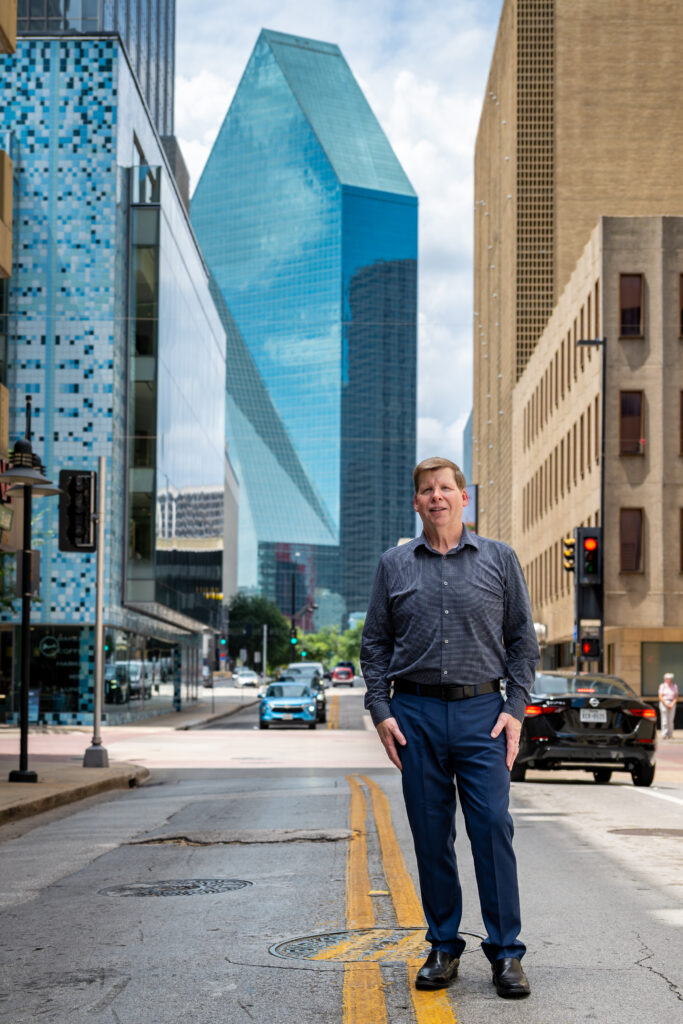
How has your career evolved over the years, particularly in relation to public spaces?
I’ve been in the profession for over 35 years now, and my career has taken me through various sectors of the business. The more recent endeavors have focused on urban spaces in the public realm. The experience of someone going from A to B – whether it’s from a sidewalk along the curb, getting off a bus, or getting out of a car in a garage and moving to where you work, shop, eat, or even sleep – that pathway is all about connectivity and accessibility. One of my presentations at the TxA Conference in 2019 was about accessibility in the public realm. I emphasized to architects that while their buildings are important, how they are accessed is even more crucial. If the approach to a building is cumbersome, people will remember that first and may even discount the building and site design itself.
You mentioned your hearing loss, and it’s not something you and I have discussed. Has it changed your perception of design or what architects do? Are you more attuned to certain aspects of design because of your hearing loss?
Being hearing-impaired has certainly shaped my approach to architecture and being a professional architect. It has made me more attuned to the sensory experiences of spaces. Still, I don’t try to make my hearing loss an issue professionally, and I request assistance when I absolutely need it; then it is much appreciated. I believe that architecture should engage all the senses and be inclusive of everyone. My personal experience has driven me to advocate for better accessibility in all aspects of design. For example, at the AIA Convention in Washington, DC, they had live captioning for everything. It was a benefit for me because I could focus on the presentation and watch the translation in real-time. This experience highlighted the importance of accessibility and how technology can adapt to provide benefits to many.
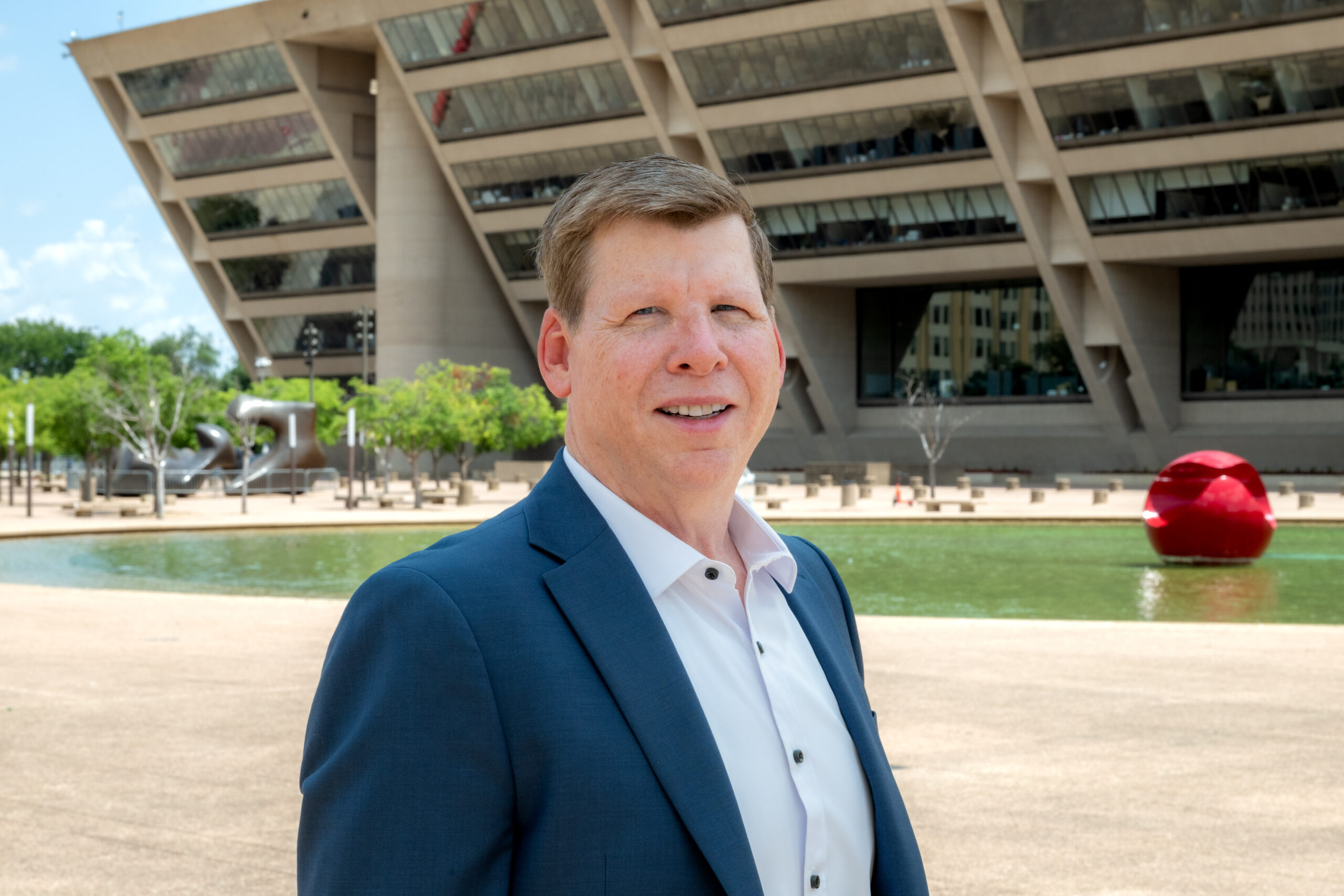
One of my first memories of you was when you participated in one of our accessibility programs at AIA Dallas. Can you talk a bit about that experience?
During that event, I had to navigate the city in a wheelchair for a day as part of AIA Dallas’ Accessibility Day, organized by the Codes & Standards Committee. From avoiding curbs to timing traffic lights at crosswalks, every small detail mattered.
That day was incredibly challenging. However, the wheelchair activity was very powerful because I did something different than most people hadn’t done – taking multiple modes of transit, from buses to light rail, to get downtown Dallas and the new streetcar down to Oak Cliff, returning to Union Station to take the commuter rail to Parkland, and then take a taxi home. It was a fascinating experience, as it started with riding a bus from home, navigating difficult sidewalks, and timing traffic lights. Getting on the buses took some time, and the entire bus, including the passengers, were all patient. It was incredible to see how some people would offer to help with the process.
Once, when I tried to enter a coffee shop in Oak Cliff, I found that it didn’t have an accessible entrance. There was a curb and then two more steps up to get into the shop. It was about 100 degrees outside, and I desperately needed something cold. I asked someone walking by if I could give them $10 to get me a water and an iced coffee. The woman went in, and when she came back, the staff also came out, and they gave me water, an iced coffee, and even a cookie! They didn’t charge me anything because they were a bit embarrassed that their shop wasn’t accessible. I learned a lot that day, and I am sure others did too, watching me.
How did you first get involved with AIA Dallas?
We recently moved to Dallas from Boston. I was on my own at the time and still consulting back in Boston for another year. So, as a small consulting practice, I got involved with the Small Firms Roundtable initially. That’s where I met the likes of Sean [Garman], Kelly [Mitchell], Richard Miller, and others. They talked me into taking part in the AIA 2030 Challenge certification program. It was expensive, but it was a 10-month-long series. That was like going back to school once a month around some of the brightest sustainable thinkers in Dallas. It elevated my thinking and my appreciation for the conversation around climate and resiliency, which has since become a core priority for AIA.
What is your proudest achievement from your presidential year?
I would easily say Firm Fridays. It was something I learned when I was a young architect, involved with the AIA Young Architects Forum, and we would go to New York City to join up with the New York Chapter for events. The Architectural League of New York also had First Fridays. As a recently graduated young professional, this was my way to start seeing what other firms were like, what work they were doing, and the culture of those firms. When you see that, you start to really see the diversity of the types of work you could do, as well as the scalability and size of firms, ranging from very large to mid-size and small shops. That stuck with me from way back when.
We were talking about membership engagement in Dallas, and that idea came back to me. I said, ‘Why don’t we do a monthly Firm Tour on a rotating Friday?’ Before the pandemic, your traditional end of the week was Friday afternoon. Some firms occasionally had an end-of-the-week social event in-house. We then thought, why not take that model, once every couple of months, and have a firm open its doors? It would allow attendees, particularly emerging professionals, a chance to see another firm. It turned out to be highly successful, so successful that we had a waiting list for the following two years. We thought it would be a temporary run, and we watched how it progressed. Now it’s part of our core programming and offers tremendous member value.
What advice do you have for future AIA Dallas presidents?
It’s about how to engage your board and members, and making sure you listen to what they want you to hear and try to figure out how to convert that into actionable items that the board and staff can execute to elevate the organization. Listen to what’s out there, capture it well, and make it actionable. One of the things I learned early on is emphasizing the importance of initiatives. In my case, it was being of service, becoming engaged, making connections, and building relationships. These principles guided my presidency and helped me focus on membership engagement and stronger programming.
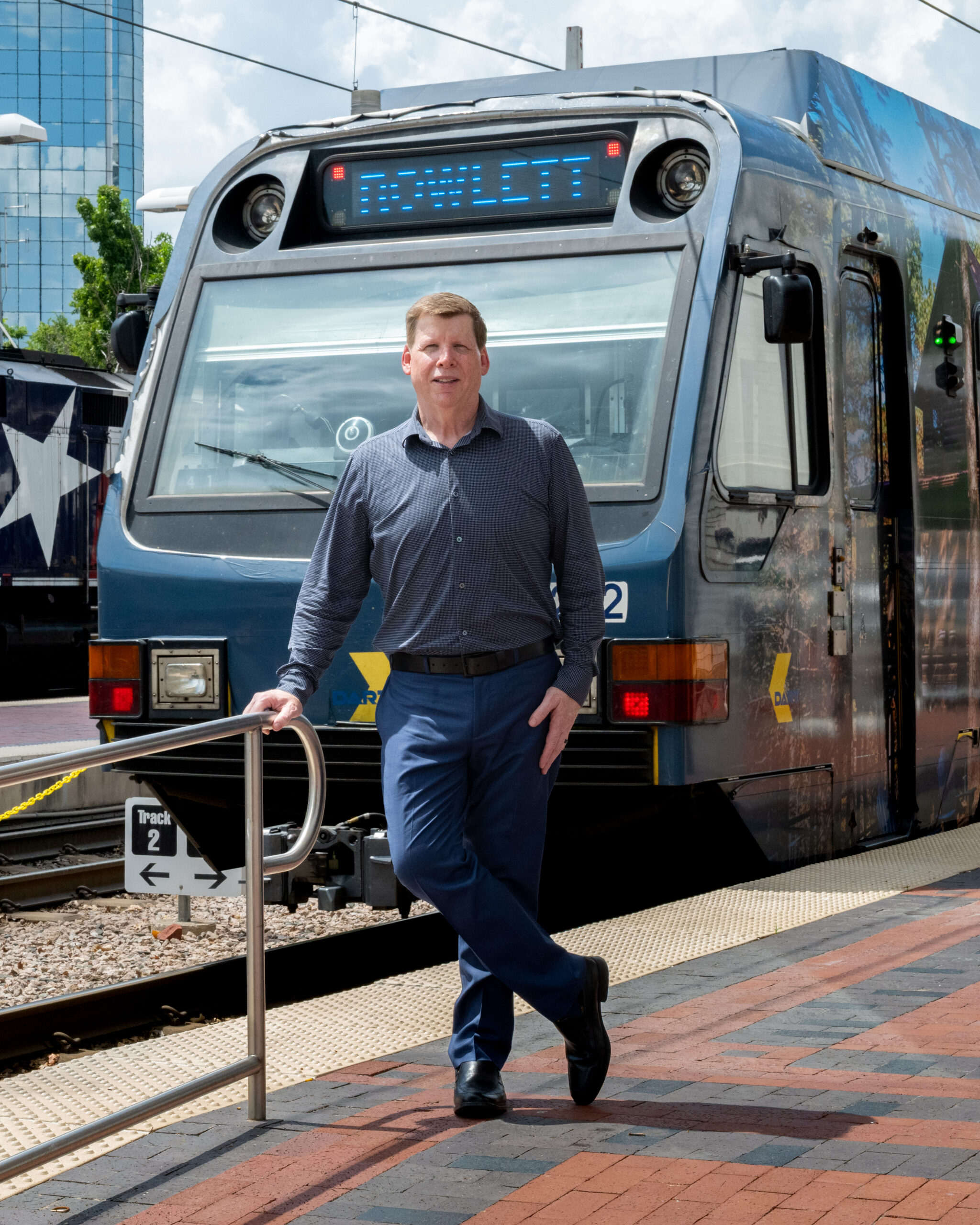
Can you tell us more about your volunteer activities?
Volunteering has always been a significant part of my life. I’ve been actively involved with the Greater Dallas Planning Council for over a decade, where I currently serve as Vice President of Issues. This role allows me to engage with local issues, such as transportation, parking, and housing reform, and work closely with city officials, staff, and other stakeholders. Additionally, I’ve been part of the AIA Dallas Public Policy Committee for many years, where we advocate for better urban design, zoning, and planning enhancements, as well as improved transit and accessibility in the public realm. One of the initiatives I’m most proud of is AIA Dallas’ collaboration with DART and UT Arlington’s architecture design-build studio on the next-generation bus shelter studies, which aimed to improve the transit experience for all users. The outcome resulted in prototypes being built and recently implemented across the bus network. It shows that successful collaboration can happen, and it’s great to see the results.
Recently, I was selected to be the chair of the AIA National Urban Design Committee in 2026. This role will allow me to lead efforts in promoting excellence in urban design and planning. I’m also working on bringing a national AIA Urban Design Symposium to Dallas, which will provide a national platform for thought leaders to discuss the future of urban design and showcase the city’s urban design initiatives and challenges. Additionally, I’ll be co-chairing the TxA Conference, alongside Michael Malone. We’re excited to bring all the Texas architects back to Dallas this fall, after a decade, and having to go virtual in 2020.
Besides professional organizations, I have also served on several alumni boards, including as president of two local alumni chapters for Virginia Tech – in Boston and Dallas – as well as serving on the national Board of Directors for the Virginia Tech Alumni Association. I have also become highly engaged with the US Capitol Page Alumni Association, serving on their board for over a decade, planning regional and national events across the US for more than 11,000 former pages, and currently serving as second vice president for the association. I genuinely enjoy the opportunity to meet other former pages of all ages who served in both chambers of Congress and the Supreme Court across nearly eight decades, and hearing their stories about their experiences serving and witnessing democracy firsthand.
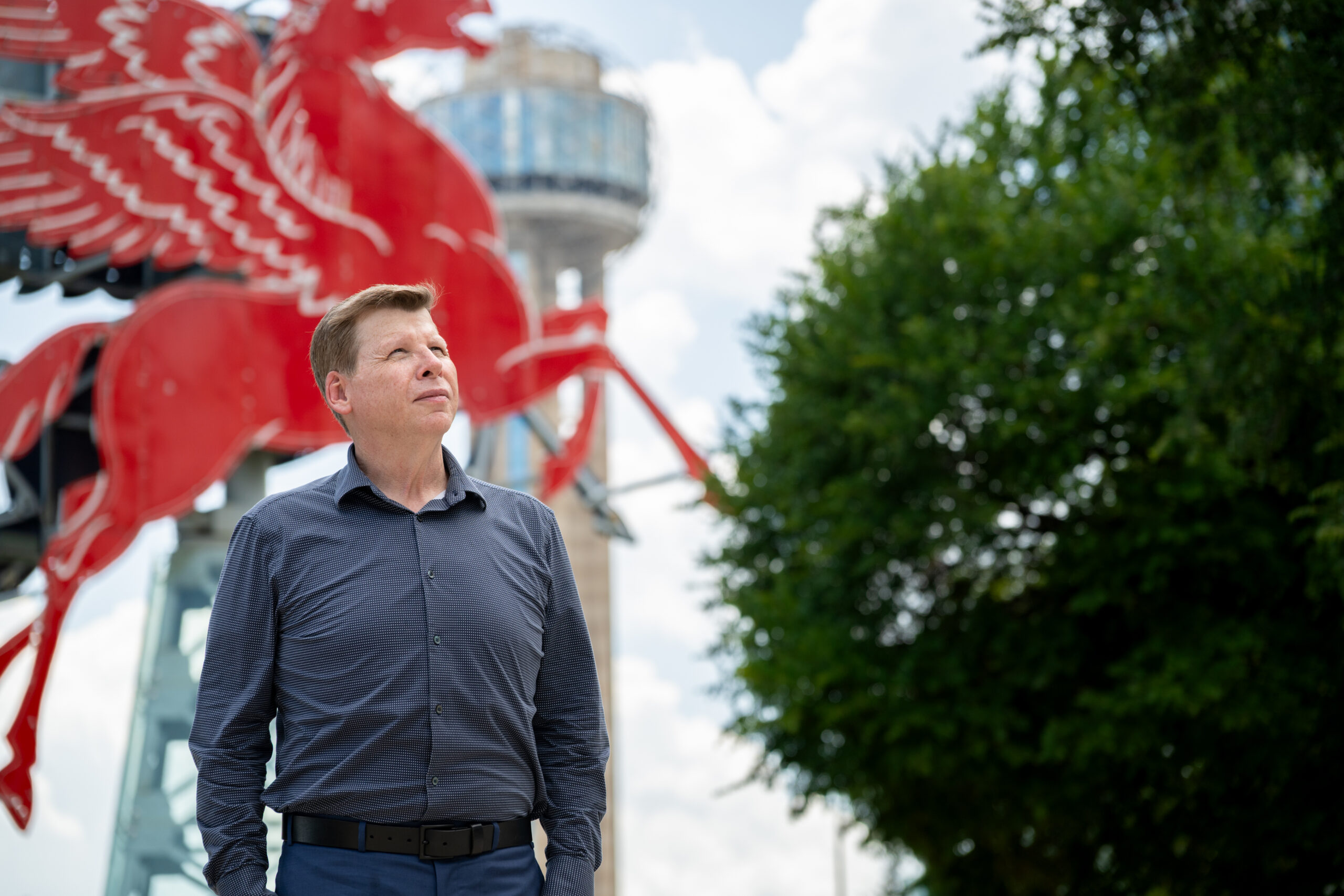
What are your thoughts on the future of cities and urban design? And what’s next for you?
The book ‘The Architecture of Urbanity’ by Vishaan Chakrabarti gets to the core of what I believe matters next for cities. It addresses contemporary thoughts on how architects can be advocates for better public spaces and public design that coexist with our buildings. Another influential book is ‘The Art of Architectural Grafting’ by Jeanne Gang, which explores, through grafting in urban environments, how we can adapt existing urban environments to meet the sustainable needs of modern society. These books have recently shaped my vision for the future of cities and urban design.
I recently presented a seminar at a TxA Conference as part of my Future of Cities series, focusing on adaptive urbanism in reshaping our cities while preserving certain assets. I believe that architects can play a crucial role in creating environments that foster community engagement and promote well-being. It’s about designing spaces that are inclusive, accessible, and sustainable. Along that pathway is the question of where I’m going to go next, as I continue to advocate for better urban design and public spaces. If I could create a dream job position, I would love to be the chief city architect for a large city. I would like it even more if it were here in Dallas, where I have spent a lot of time advocating and making an impact in many ways. We shall see!